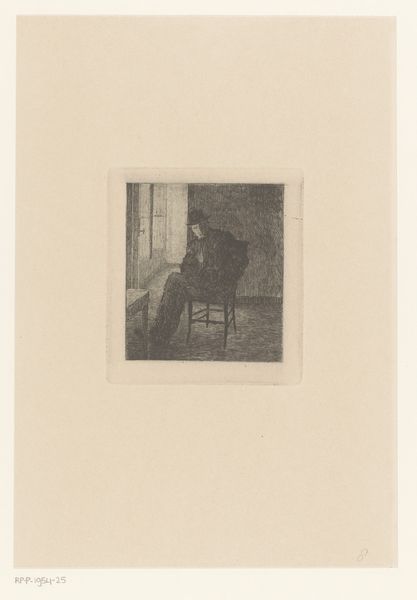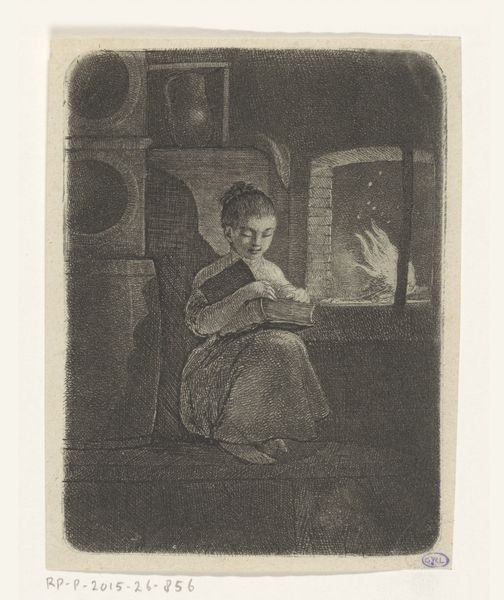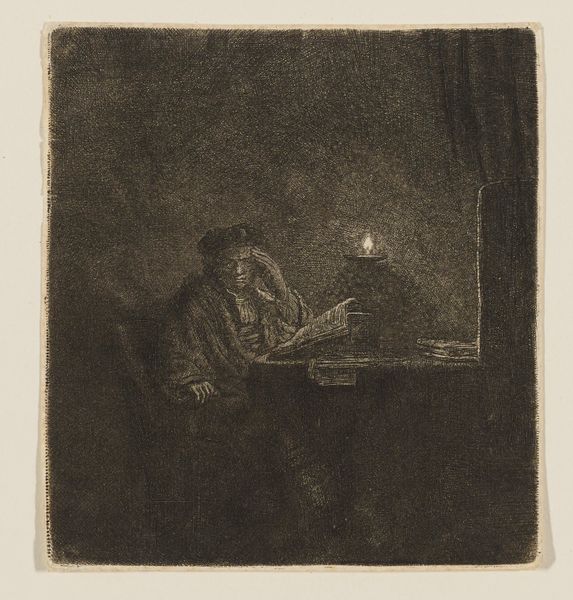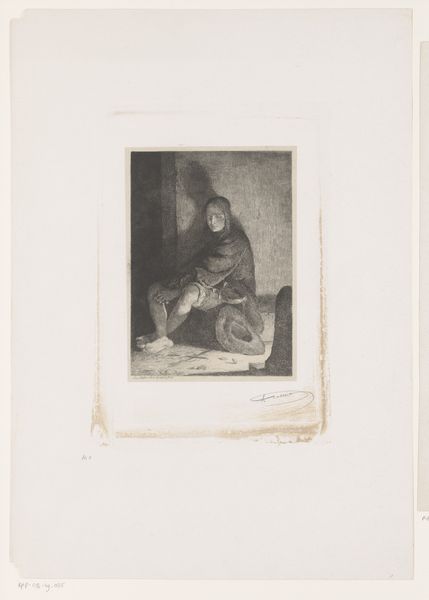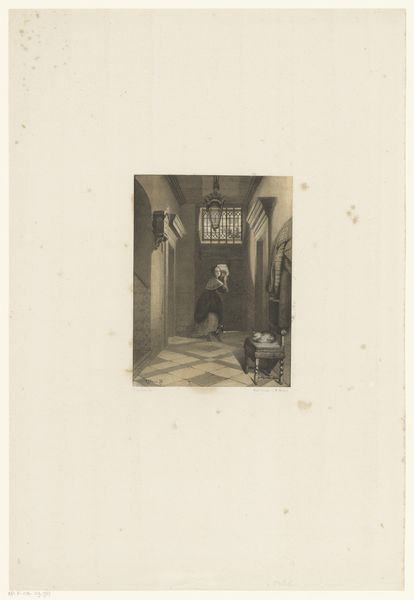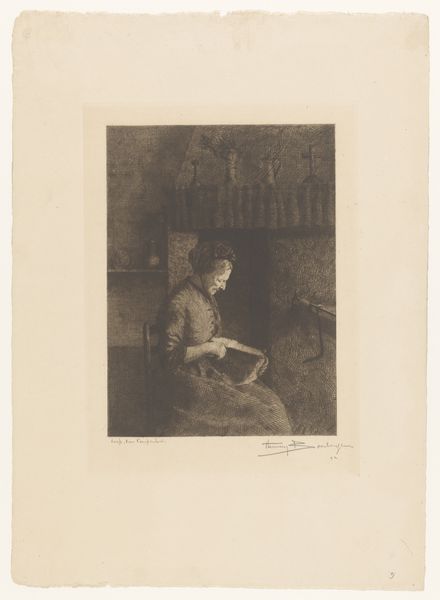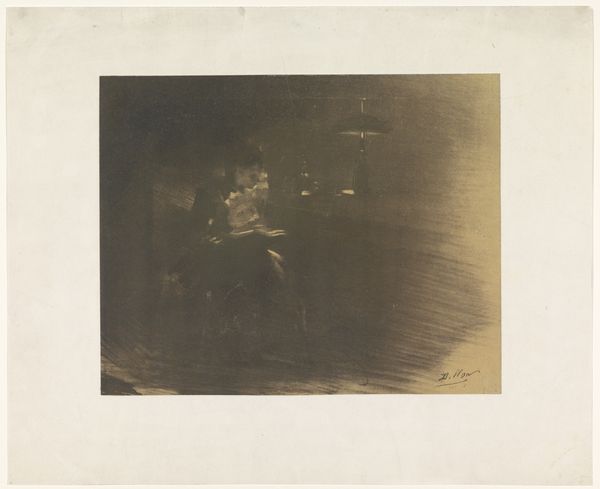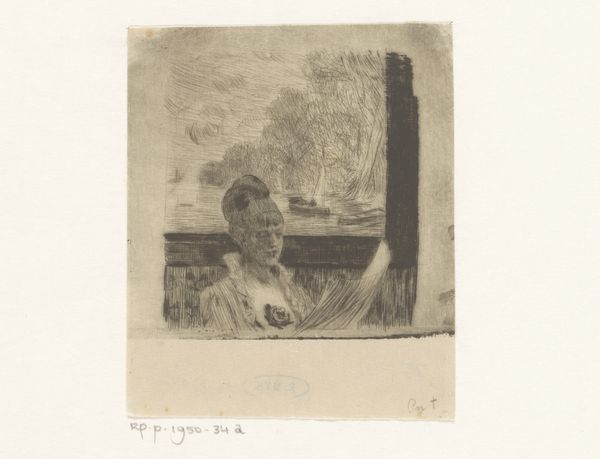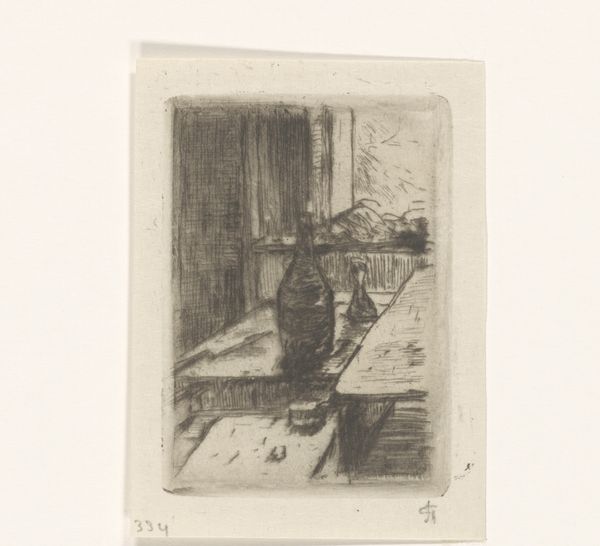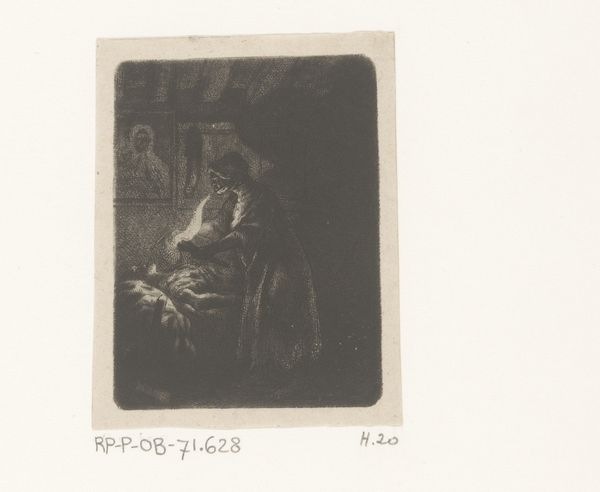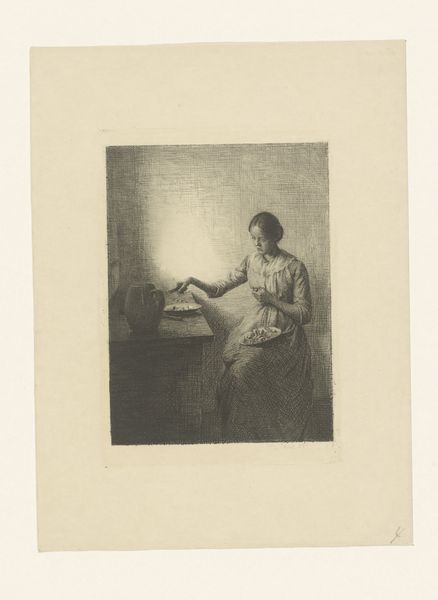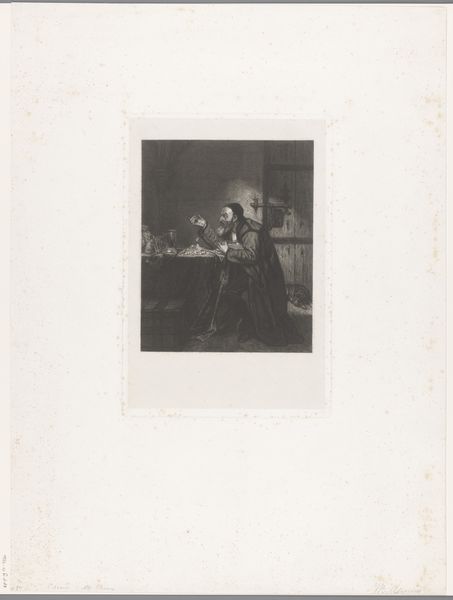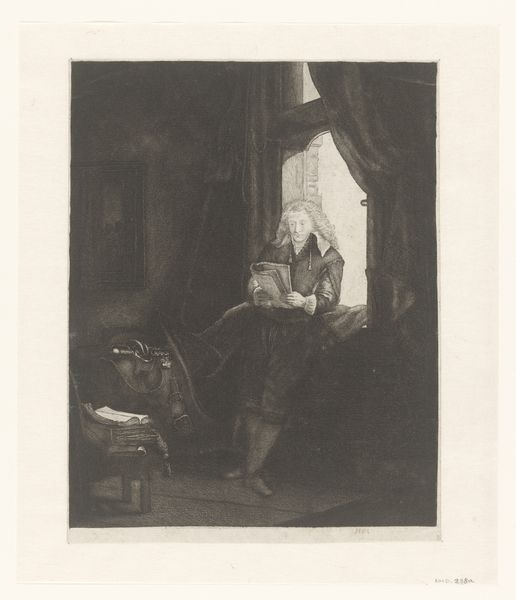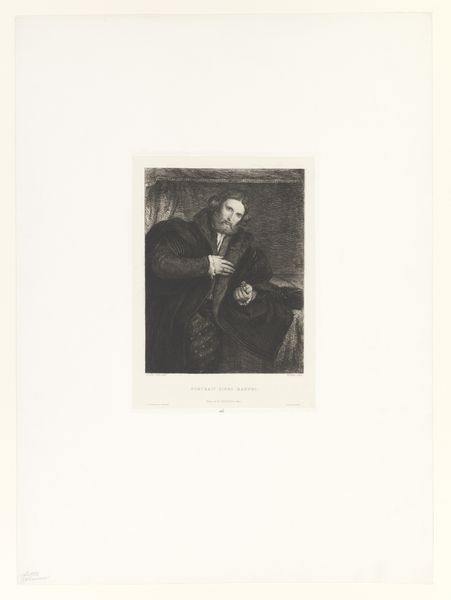
drawing, pen, charcoal
#
portrait
#
drawing
#
narrative-art
#
old engraving style
#
charcoal drawing
#
figuration
#
pencil drawing
#
intimism
#
romanticism
#
chiaroscuro
#
pen
#
genre-painting
#
charcoal
Dimensions: height 109 mm, width 80 mm
Copyright: Rijks Museum: Open Domain
Curator: Let’s turn our attention to "Lezend meisje bij vuur," or "Girl Reading by Firelight," attributed to Jean-Pierre Norblin de la Gourdaine. We believe this drawing was made sometime between 1755 and 1830. Editor: My immediate impression is the overwhelming sense of warmth emanating from such simple materials—pen, charcoal, the intimacy is profound. It’s like a secret whispered in the dark. Curator: That use of chiaroscuro, the dramatic contrast of light and dark, is crucial here. Think about the social conditions around artistic training at this time: how the academies privileged certain techniques of light management. Editor: Absolutely. The light not only illuminates the girl's face and the page of her book, but also highlights the symbol of the flame—traditionally associated with knowledge and enlightenment but here also indicative of domestic warmth, safety, and the quiet pursuit of understanding. Notice how that flame's reflection seems almost like a spectral hand in the window. Curator: The ambiguity of that “hand” intrigues me. During this period, increased literacy rates reshaped social life; books became increasingly accessible to a wider public. I wonder if the artist is subtly hinting at the allure of narratives – even ghost stories – found within the pages of the book. What fantasies does she encounter within its pages? Editor: Perhaps. Or perhaps it symbolizes the guiding hand of knowledge. The iconography around hands themselves shifted drastically through the Enlightenment, they serve as both signifier of craft as well as connection. To read required both vision and a learned craft, didn’t it? Curator: A useful point. These nuances tell us a great deal about 18th century values regarding domesticity, literacy, and artistic practice. These spaces of learning and development, for young women especially, are important considerations in how we historicize this era. Editor: And ultimately, this captivating drawing remains relevant because it manages to convey not only a cultural moment, but a deeply personal connection with reading. It beckons each of us to remember our own cherished moments of solitary exploration.
Comments
No comments
Be the first to comment and join the conversation on the ultimate creative platform.
